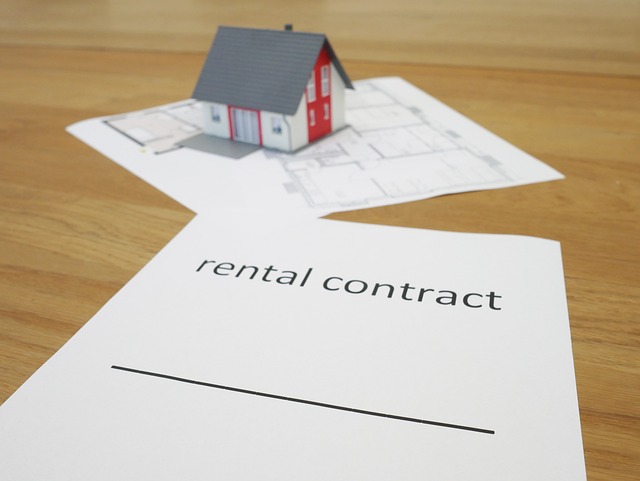Prefab Homes: Faster, Affordable Modern Living
Discover how prefab homes—from modular and panelized builds to container, kit, and manufactured options—deliver quicker construction, consistent factory-quality, and potential cost savings versus traditional site-built houses. Learn about customization options, typical price ranges, eco-friendly advantages, and the logistical or regulatory trade-offs to determine whether factory-built housing fits your budget and lifestyle.

Why prefabrication differs from traditional construction
The main distinction between prefab and conventional site-built homes is where the bulk of the construction takes place. Conventional homes are largely assembled on the lot, whereas prefabricated houses are produced in a controlled factory environment and then moved to the site for final assembly. This change in workflow brings several tangible benefits:
- Faster delivery: Factory fabrication can run concurrently with site preparation, so overall schedules are usually shorter than with stick-built homes.
- Consistent quality: Controlled conditions and repeatable processes enable more precise workmanship and tighter tolerances than many onsite builds.
- Fewer weather interruptions: Indoor production shields work from rain, snow, and extreme temperatures, minimizing schedule slippage.
- Less waste: Off-site manufacturing often optimizes material use, reduces scrap, and improves recycling opportunities.
- Reduced site impact: Assembly time on the property is shorter, which lowers noise, dust, and disruption for neighbors and the landscape.
For buyers who value speed, predictability, and a smaller environmental footprint without foregoing modern amenities, prefab methods present a compelling alternative to traditional construction.
Popular prefab formats and how they differ
Prefab housing comes in multiple styles, each suited to different sites, budgets, and aesthetic preferences:
- Modular homes: Constructed as volumetric modules in a factory, these units are transported to a prepared foundation and joined together. When complete, they can resemble conventionally framed houses.
- Panelized homes: Large wall, floor, or roof panels are fabricated off-site and assembled on location. This approach speeds up framing but still requires notable on-site labor.
- Container homes: Used shipping containers are converted into living spaces. They’re durable, often economical, and lend themselves to contemporary, industrial-style designs.
- Kit homes: Pre-cut, numbered components are shipped for on-site assembly—attractive for owner-builders or contractors who want simplified sourcing and reduced framing time.
- Manufactured homes: Built on a permanent chassis and moved as finished units, these are governed by different standards than modular homes and can offer a complete home delivered to site.
Each option varies in transport logistics, on-site effort, and design flexibility. Site access, budget, and the desired architectural outcome should guide the choice.
How much design freedom do prefab houses allow?
A widespread myth is that prefab equals one-size-fits-all design. In reality, many manufacturers provide extensive customization. Buyers can often choose floor plans, finishes, exterior cladding, fixtures, and mechanical systems. Some companies offer near fully-custom solutions—taking client concepts and engineering them into bespoke modules—while others sell catalog models for a faster selection process. Prefab methods can support minimalist, modern, or traditional looks and can be engineered for high performance, including efficient building envelopes and green certifications.
Typical cost ranges and what’s usually included
Cost varies based on size, specification level, location, and complexity. The table below offers general price ranges to set expectations; actual bids will differ.
| Type of Prefab Home | Estimated Cost Range (USD) | Primary price drivers |
|---|---|---|
| Modular Homes | $100,000 - $350,000 | Square footage, degree of customization, finish levels |
| Container Homes | $30,000 - $160,000 | Number of containers, insulation, cutouts and reinforcements |
| Panelized Homes | $150,000 - $400,000 | Architectural complexity, panel detailing, exterior cladding |
| Manufactured Homes | $50,000 - $160,000 | Build quality, OEM options, interior upgrades |
| Kit Homes | $50,000 - $300,000 | Level of pre-assembly, finish packages, shipped components |
Pricing shown above generally covers factory-built structural elements and basic production but often excludes site-related expenses. Always request detailed, itemized quotes to understand full project costs.
Pricing disclaimer: Estimated prices typically reflect factory structural work and basic manufacturing. They may not include land acquisition, site preparation and grading, foundation work, utility hookups, permit fees, transportation/craning of modules, or interior furnishings. Obtain detailed quotes and factor in local costs before deciding.
Trade-offs and practical challenges
Prefab homes bring many advantages, but there are trade-offs to consider:
- Transportation and logistics: Moving large modules or panels can be costly and requires clear roadways, permitting, and often crane access. Remote or tightly constrained sites increase complexity and price.
- Design limits: While flexible, certain design decisions are constrained by transport dimensions, connection points between modules, or factory tooling limits.
- Market perception and resale: In some areas prefab housing faces lingering stigma, which can influence resale value or appraisal outcomes—though attitudes are shifting as product quality improves.
- Financing and insurance: Some lenders and insurers may be unfamiliar with specific prefab categories, which can complicate mortgage approval or policy underwriting.
- Local codes and zoning: Municipal regulations differ widely, and zoning or foundation requirements in your area may affect eligibility for particular prefab systems.
Thinking through these issues with professionals and conducting a thorough site survey helps prevent surprises and keeps projects on track.
Is a prefab home right for you?
Prefabricated construction can be an excellent choice for many buyers: it offers faster timelines, greater cost control, and environmental benefits while still allowing substantial personalization. It’s well suited to first-time buyers, downsizers, environmentally minded homeowners, or anyone who values a predictable schedule. Before committing, obtain multiple bids, verify local code compliance, and tally all site-related costs so you can compare the total investment to traditional construction.
As manufacturing techniques, materials, and design software continue to advance, prefabrication is poised to play a growing role in housing—providing practical, modern alternatives to lengthy on-site builds without sacrificing comfort or design quality.






